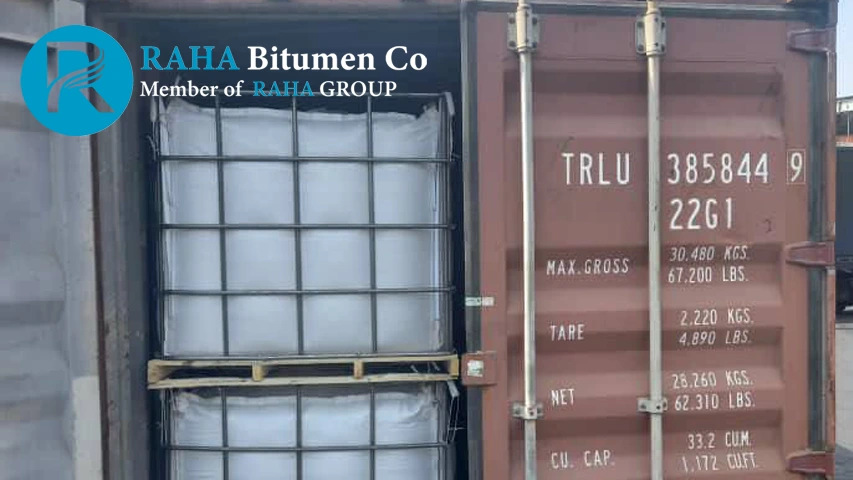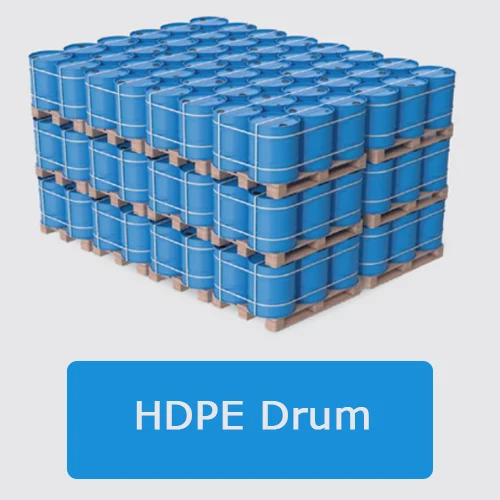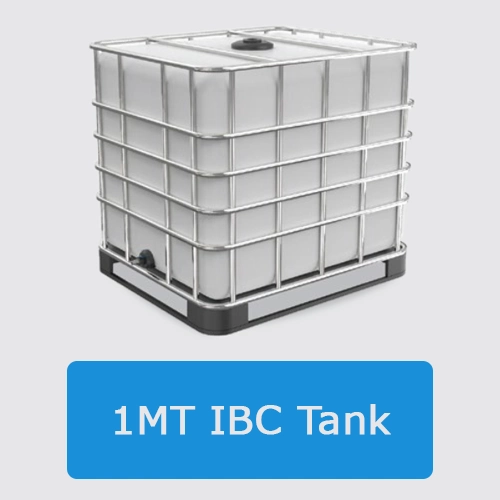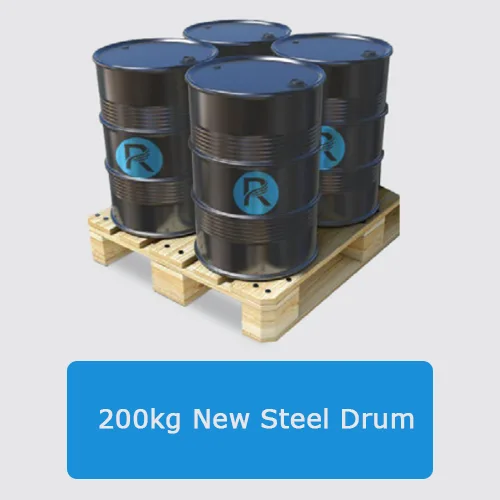
Description of Bitumen Emulsion CRS-2
Cationic Bitumen Emulsion CRS-2 is a type of asphalt emulsion that is widely used in road construction and maintenance projects. It is a specially formulated mixture of bitumen, water, and emulsifying agents that are designed to provide excellent binding and waterproofing properties. The product is commonly used for tack coating, surface dressing, and micro-surfacing applications.
Bitumen Emulsion CRS-2 stands for “Cationic Rapid Setting,” and the “2” typically indicates the grade or level within the CRS classification.
Here’s what each part of “CRS-2” means:
CRS:
This acronym stands for “Cationic Rapid Setting.” It indicates the type of emulsion and its properties. Cationic emulsions have positively charged bitumen particles and are often known for their rapid setting characteristics.
2:
The numeral “1” represents the grade or level within the CRS classification. In bitumen emulsion classifications, different numbers may indicate variations in properties such as setting time, viscosity, or other characteristics. In the case of CRS-2, it typically implies a relatively rapid setting emulsion.
process of Bitumen Emulsion CRS-2
The process of creating Bitumen Emulsion CRS-2 involves breaking down bitumen (asphalt) into tiny droplets and suspending them in water using a special agent. Here’s a closer look at each stage:
- Bitumen Preparation:Solid bitumen is heated to make it less viscous and easier to handle during the emulsification process.
- Water Phase Creation:Water is mixed with a specific emulsifying agent. This agent is crucial as it allows bitumen and water to mix and creates a stable emulsion. Notably, the Bitumen Emulsion CRS-2 agent is typically “cationic,” meaning it carries a positive electrical charge.
- Emulsification:The heated bitumen and the water phase with the emulsifying agent are combined under high shear force. Imagine forcing the mixture through a powerful blender. This intense mixing disrupts the bitumen, breaking it down into very fine droplets. These tiny droplets become suspended and evenly distributed throughout the water. The cationic agent coats these droplets, giving them a positive charge and preventing them from clumping together again.
- Maturation:After emulsification, the mixture is stored in a tank for a specific time period. This allows the emulsion to mature and stabilize. During maturation, the bitumen droplets become evenly dispersed throughout the water, ensuring a consistent product.
- Quality Control:The finished Bitumen Emulsion CRS-2 emulsion undergoes rigorous testing to ensure it meets the desired specifications. These specifications typically focus on properties like:
- Viscosity: This ensures the emulsion can be pumped and applied easily during construction.
- Storage Stability: The emulsion needs to remain stable for a certain period during storage and transportation.
- Setting Rate: CRS-2 is known for rapid setting. Tests ensure the emulsion breaks (separates from water) at the desired speed when it comes into contact with aggregate in construction applications.
There are two main methods for producing Bitumen Emulsion CRS-2 emulsions:
- Batch Method: All ingredients are measured, mixed in a large tank, and then pumped out. This method is suitable for smaller production volumes.
- Continuous Method: Measured ingredients are continuously fed into a machine that constantly produces the emulsion. This method is more efficient for large-scale production
Application of Emulsion CRS-2
Bitumen Emulsion CRS-2, with its rapid setting properties, finds applications in various aspects of road construction and maintenance, similar to its cousin CRS-1. Here’s a breakdown of its key uses:
- Tack Coat: This is the primary application for CRS-2. It acts as a bonding agent between an existing pavement surface and a new layer of asphalt. The positive charge of the CRS-2 emulsion attracts the negatively charged aggregates in the existing pavement, creating a strong bond. The rapid setting of CRS-2 is particularly beneficial when needing to restore traffic flow quickly.
- Surface Dressing: CRS-2 plays a role in various surface dressing techniques like chip seals, sand seals, and fog seals:
- Chip Seals: CRS-2 binds a layer of gravel spread over a tack coat, creating a new wearing course for the pavement.
Sand Seals: Similar to chip seals, but using sand instead of gravel, for waterproofing and improving skid resistance. - Fog Seals: A very thin layer of CRS-2 is sprayed to seal minor cracks and enhance the pavement’s waterproofing.
- Other Uses:
- Penetration Macadam: In some cases, CRS-2 might be suitable for penetration macadam, where it binds coarse and then finer stone aggregate layers to create a strong base course. However, CRS-1 may be preferred due to its sometimes thicker consistency.
- Crack Filling and Pothole Repair: The fast-setting nature of CRS-2 can be useful for filling cracks and potholes. It adheres well to the surrounding pavement and cures quickly, allowing traffic to resume swiftly.
- Waterproofing Applications: Due to its water-resistant properties, CRS-2 emulsions can also be used for waterproofing in underground structures, basements, and tunnels.
Advantages of Bitumen Emulsion CRS-2
- Cost-Effective:
Cold Application: Unlike cutback asphalts, CRS-2 can be applied without heating, eliminating the need for energy-intensive heating equipment. This translates to lower fuel consumption and reduced greenhouse gas emissions during construction.
Reduced Labor Costs: The faster curing time of CRS-2 allows for quicker project completion, potentially reducing labor costs associated with extended construction periods. - Environmental Benefits:
Lower Emissions: As mentioned earlier, the cold application of Bitumen Emulsion CRS-2 minimizes emissions from burning fuel to heat asphalt materials.
Water-Based: CRS-2 is a water-based product, containing minimal solvents compared to cutback asphalts. This reduces the release of harmful solvents into the environment. - Application Advantages:
Faster Curing: The rapid setting time of Bitumen Emulsion CRS-2 allows for quicker completion of projects and minimizes traffic disruptions on roadways. This is especially crucial for high-traffic areas.
Usable with Damp Aggregates: Bitumen Emulsion CRS-2 can be applied to slightly damp aggregates, offering more flexibility in construction scheduling. This is particularly advantageous in regions with unpredictable weather or limited windows for dry construction.
Safer to Use: The minimal amount of solvents in CRS-2 makes it a safer alternative to cutback asphalts for workers handling the material. - Performance Benefits:
Strong Bonding: The positive charge of CRS-2 emulsion creates a strong attraction to negatively charged aggregates commonly used in road construction. This electrostatic attraction results in a superior bond between the asphalt and aggregate, leading to a more durable road surface.
Improved Water Resistance: Once cured, CRS-2 forms a water-resistant layer that protects the underlying pavement from water infiltration. This helps to prevent moisture damage and extends the lifespan of the road.
Packing of Bitumen CRS-2
Cationic Bitumen Emulsion CRS-2 comes in various packaging options depending on the quantity needed and customer requirements. Here are the most common types of packaging for Bitumen Emulsion CRS-2:
- HDPE Drum- Palletized and Shrink Wrapped
- 1MT IBC Tank
- 200kg New Steel Drum- Palletized and Shrink Wrapped
1. HDPE Drum- Palletized and Shrink Wrapped
- Loading 80Drum in 20ft Container= 16 Ton Net

2. 1MT IBC Tank
- Loading 20 IBC in 20ft Container= 20 Ton Net

3. 200kg New Steel Drum- Palletized and Shrink Wrapped
- Loading 80Drum in 20ft Container= 16 Ton Net

Specification of Emulsion CRS-2
[/fusion_text]| Property Property | Min | Max | Test Method |
|---|---|---|---|
| Test on Emulsions | |||
| Viscosity, Saybolt Furol at 25 °C, SFS | 100 | 400 | ASTM D244 |
| Storage stability test, 24-h, % | – | 1 | ASTM D6930 |
| Demulsibility, 35 mL, 0.8 % dioctyl sodium sulfosuccinate, % | 40 | – | ASTM D6936 |
| Coating ability and water resistance: | |||
| Particle charge test | Positive | Column 3 Value 6 | ASTM D244 |
| Sieve test, % | – | 0.1 | ASTM D6933 |
| Distillation : | |||
| Oil distillate, by volume of emulsion, % | – | 3 | ASTM D6997 |
| Residue, % | 65 | – | ASTM D244 |
| Tests on residue from distillation test: | |||
| Penetration, 25°C (77°F), 100 g, 5 s | 100 | 250 | ASTM D5 |
| Ductility, 25°C (77°F), 5 cm/min, cm | 40 | – | ASTM D113 |
| Solubility in trichloroethylene, % | 97.5 | – | ASTM D2042 |


